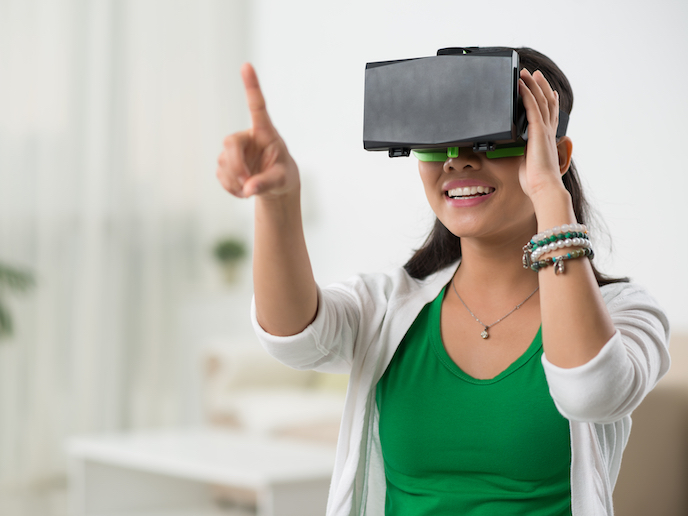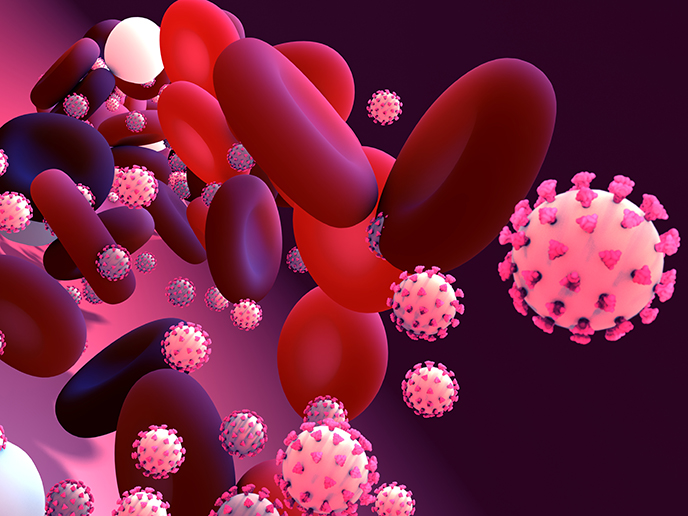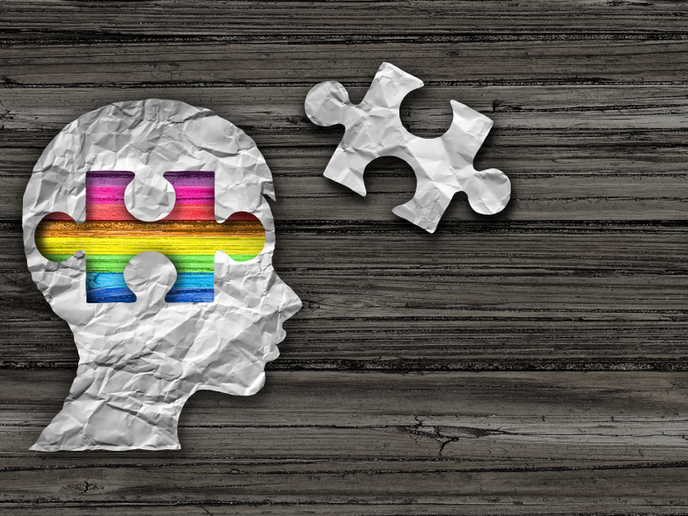Using virtual reality to improve mental health diagnoses
Mental disorders and neurological conditions affect at least 20 % of the global population at some point during their lifetime. Yet even with these levels of prevalence, there are currently two major peculiarities of mental disorders that affect diagnosis. One is that it is impossible to diagnose mental disorders through physical or chemical parameters: only by measuring the reactions of the patient to questions, images, sounds or other stimuli. The second is that the reactions of the patient depend largely on the surrounding environment. A person will respond differently to the same question depending on other stimuli affecting them at the time of asking, (distracting sounds, interruptions by others, and so on). Conventional diagnosis is done through patient questionnaires: either done with pen and paper, or through computerised versions. These are carried out within a clinical setting and free from the environmental stimuli of everyday life. “What’s more, research has shown that questionnaire-based diagnoses aren’t capable of measuring the intricacies of patient reactions,” explains Ms Mari Feli González Pérez at Nesplora Technology & Behaviour, VR Mind Project Coordinator. All this adds up to the fact that conventional tests therefore lack validity. Patients may perform well in test in the lab but fail in everyday life. And doctors struggle to accurately determine the degree of a mental disorder. “These problems lead to incorrect diagnoses and inaccurate or wrong treatments,” says González. “This adds to the burdens facing health-care systems and lowers public confidence in their ability to treat mental disorders." Wide-ranging benefits VRMIND offers a new way forward, using virtual reality to diagnose disorders and provide more accurate information for prescribing treatment programmes. One example is Nesplora Aquarium, which takes place in a virtual aquarium. The patient is instructed to press a button when s/he sees or hears certain fish or its name, while different distractors are built into the environment. By measuring the reaction time and motor activity of the head, VRMIND can provide detailed information on a long list of psycho-physiological variables, such as attention, impulsiveness, auditory and visual attention and working memory. Another, Nesplora Ice Cream, puts the patient in the role of an ice-cream seller in a virtual ice cream shop. It provides useful information for the diagnosis of dysexecutive syndromes and pathologies involving the frontal brain regions. The tools have 25 % higher accuracy than conventional tests, and importantly, could reduce the amount of false positives by 47 % each year and the number of patients under treatment by 16 %. By no means is the idea to replace the clinician, however, the tests are just a valuable aid. A clinical report, produced automatically after the tests are completed, allows the clinician to have precise and objective data to make her diagnoses. Opportunities for all “Without doubt, what we are most proud of is that this project created tools that can help many people with cognitive problems and their families,” says González. The VRMIND team is grateful for the chance to carry out studies that give the tools scientific validity. “We would like to thank the European Commission and the Horizon2020 programme for the opportunity they have given us,” says González. “It’s very important to know that applied research produces results closer to the market: that is, closer to the people who need it," says Ms Gema Climent, Founder and CIO at Nesplora.
Keywords
VRMIND, mental disorder, virtual reality, ice cream, tests, aquarium, attention, accuracy







